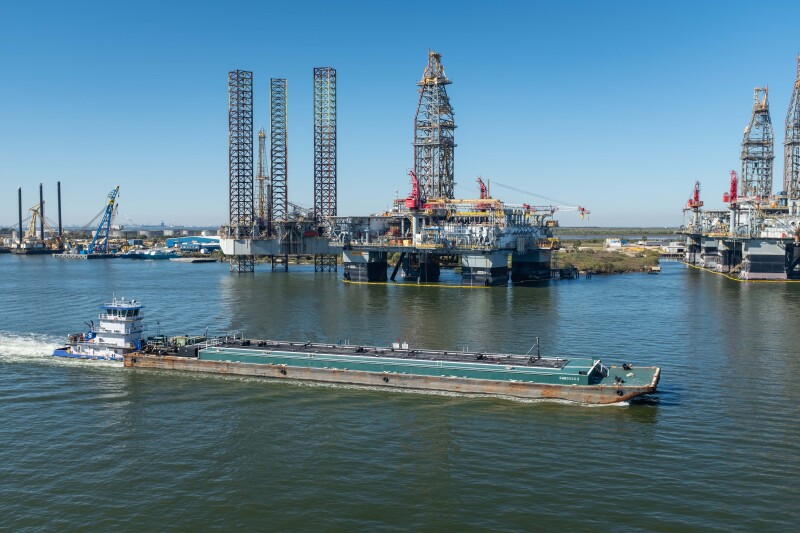President Joe Biden aims for the US offshore wind industry to generate 30 gigawatts of electrical power by 2030. This would be sufficient to power 10 million homes, equating to 16,920 bbls. of petroleum an hour or 384,000 bbls. of oil a day. However, the Energy Information Administration (EIA) highlights that reliance on petroleum, including oil and natural gas, is approximately 20 million bbls. per day.
According to EIA statistics for 2023, even if all residential electricity was produced by wind power, it wouldn’t be enough to meet half of US home energy requirements. Currently, there are no plans to import wind energy into the US, and it isn’t expected that offshore wind will replace oil and gas as the prime energy source in the near future.
Oil Giants and Offshore Wind
Significant oil companies are stepping back from offshore wind involvement. For instance, Shell withdrew from a South Korean floating offshore wind project in February to focus on more profitable endeavors. BP originally aimed for a 35% to 40% emissions reduction by the end of the decade. However, it revised this aim to a 20% to 30% reduction target in March 2023. Both companies highlight the need for a gradual transition to renewable energy, with oil and gas remaining the primary energy source for now.
Lease Sales
The Bureau of Ocean Energy Management (BOEM) released final revisions to its bid adequacy procedures in January. The updated rules aim to ensure fair market value for Outer Continental Shelf (OCS) oil and gas lease sales, and are set to be implemented in the 2024-2029 National OCS Oil and Gas Leasing Program. The revisions include updating BOEM’s methodology for measuring the adequacy of bids for OCS oil and gas lease sales to enhance clarity and transparency, discontinuing the use of tract classification, and minor changes to clarify and streamline processes.
BOEM published its proposed revisions in the Federal Register, receiving over 15,500 public comments. The final Gulf of Mexico Oil and Gas Lease Sale — 261 — took place in late December 2023 and generated over $382 million in high bids for 311 tracts covering 1.7 million acres in federal waters of the Gulf of Mexico.
Revenue from Offshore Oil and Gas Leases
Revenues from offshore oil and gas leases, including high bids, rental payments, and royalty payments, are directed to the U.S. Treasury, certain Gulf Coast states (Texas, Louisiana, Mississippi, and Alabama) and local governments, the Land and Water Conservation Fund, and the Historic Preservation Fund.
Lease Sale 261 offered 13,482 unleased blocks on 72.7 million acres in the Gulf’s Western, Central and Eastern Planning Areas. The $382 million is a considerable increase from the $264 million in high bids for 313 tracts covering 1.6 million acres in federal waters of the Gulf in March 2023.
Legal Complexities
Offshore energy operations can be legally complex, subject to state, federal, and maritime law. This legal complexity includes the definition of what constitutes a vessel or seaman in the offshore energy context, and the applicability of maritime law.
Setbacks and Regrouping in the Offshore Wind Industry
Despite setbacks, there were milestones in 2024 for the offshore wind industry. South Fork Wind, an array of 12 turbines 35 miles east of Montauk, N.Y., became the first fully operational offshore wind energy project in U.S. federal waters in March. Developers continue to explore other projects, and boatbuilders are busy constructing the new U.S. support fleet. The industry, while facing challenges, is set on making progress.
Original Story at www.workboat.com
